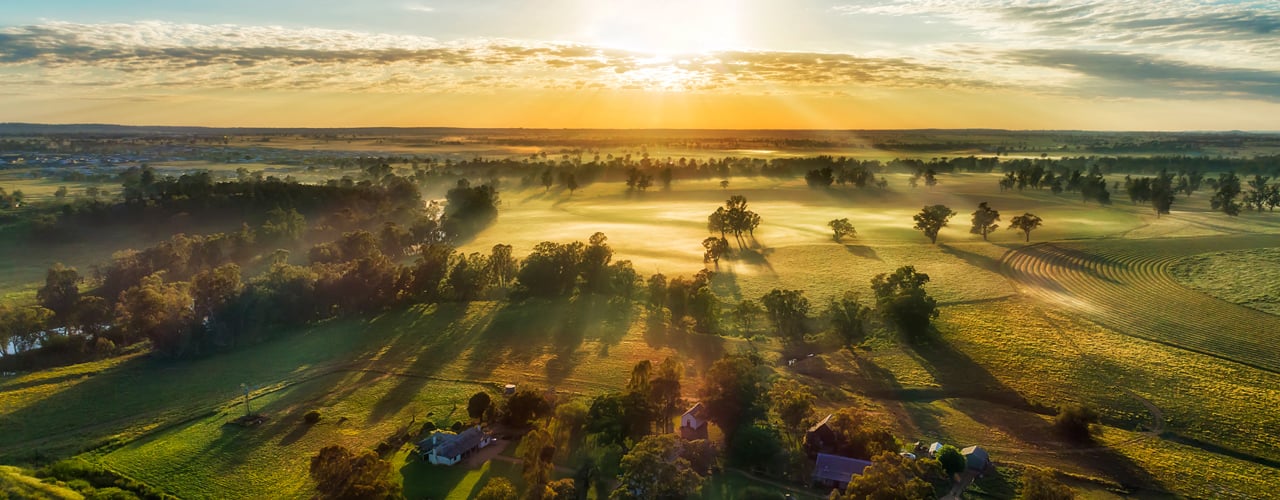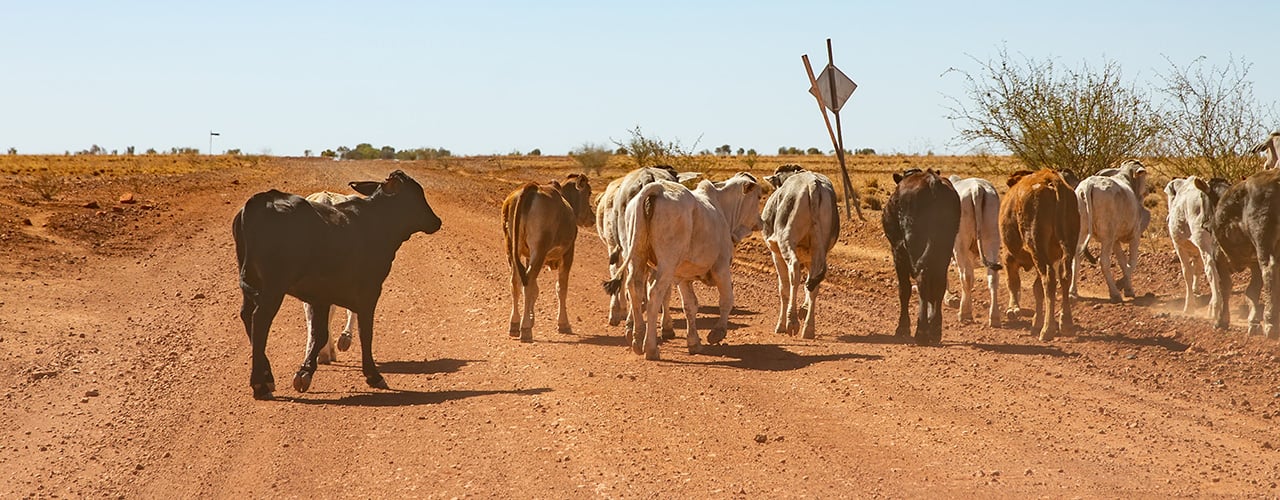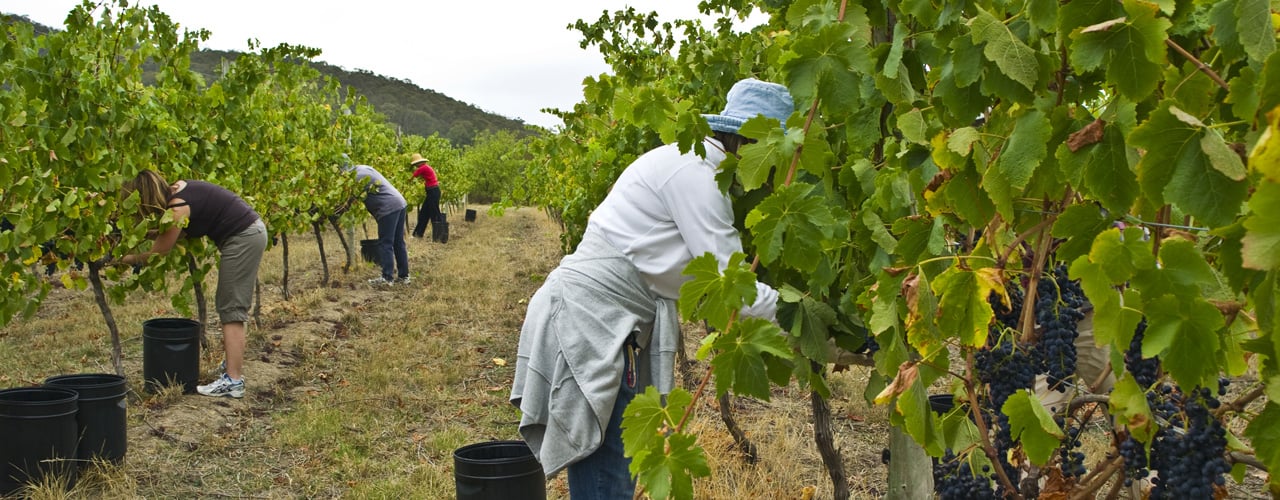Goats have been on the minds of Australian sports fans in 2021. From Tom Brady winning a 7th Super Bowl, Lewis Hamilton competing for an 8th Formula One world championship and Dustin Martin and the Tigers chasing a third AFL premiership in a row. But very rarely does goat make the transition from sporting debates and onto our plates.
Despite being far from the highest profile meat of all time in the minds of Australians, there's plenty of interest in our goat industry. This is particularly the case as livestock producers consider restocking options following recent droughts.
As the goat conversation heats up, here are four things you may not know about Australia’s goat industry:
1. Australia is the largest exporter of goat meat in the world.
Australian goat meat exports account for approximately 36% of global goat meat exports, according to Meat and Livestock Australia. Considering we’re such a minor producer (accounting for only 0.3% of global goat meat production), we punch well above our weight in the export market. Australia produced approximately 15,500 tonnes of goat meat in 2020, accounting for only 0.6% of all Australian red meat production. But with over 80% shipped offshore, it’s clearly not a popular choice among Australian consumers.
2. The United States is Australia’s largest goat meat export market.
Australia exported $90 million of goat meat to the US in 2020. This accounted for 62% of Australian goat meat exports last year. While goat is a niche protein in the US, it’s more familiar among consumers with Indian, Caribbean and Middle Eastern ethnic origins.
Australia’s other major export markets in 2020 included Taiwan (11%), South Korea (9%) and Canada (7%).
3. Goats were Australia’s highest priced livestock in 2020 on a per kilogram basis.
Cattle and lamb prices attracted plenty of headlines in 2020 as they reached record highs. But it was goats that averaged the highest prices across the year. Goats in the eastern states averaged 820c/kg carcass weight (cwt) in 2020, 11% higher than the eastern young cattle indicator (741c/kg) and just above the eastern states trade lamb indicator (817c/kg). This was the highest average annual price that goats have achieved since a significant growth trend began back in 2014 after averaging 228c/kg between 2004 and 2013.
Goat prices have pushed higher again in the first half of 2021 to averaged 834c/kg. This is just above the eastern states trade lamb indicator average of 830c/kg, but below an incredibly strong eastern young cattle indicator average of 879c/kg.
4. Australian goat meat production is forecast to increase in the next two years.
Goat meat production has eased in the last three years. This is largely on the back of drought conditions across much of eastern Australia. An improvement in seasonal conditions may drive a 20% recovery in 2020/21 production, according to ABARES. Combined with strong export demand supporting higher prices, this may see the value of production reach a new record high of $198 million.
Despite being a relatively minor player in Australia’s livestock sector, goats are performing very well for producers.
We may see goats become a more popular option among producers considering their restocking options and struggling to find suitable cattle or sheep. This could be particularly notable in Queensland where wild dog exclusion fencing will allow more producers to consider small stock.
Most Popular
Subscribe to insights today
Receive reports direct to your email by subscribing to Rural Bank Insights.




